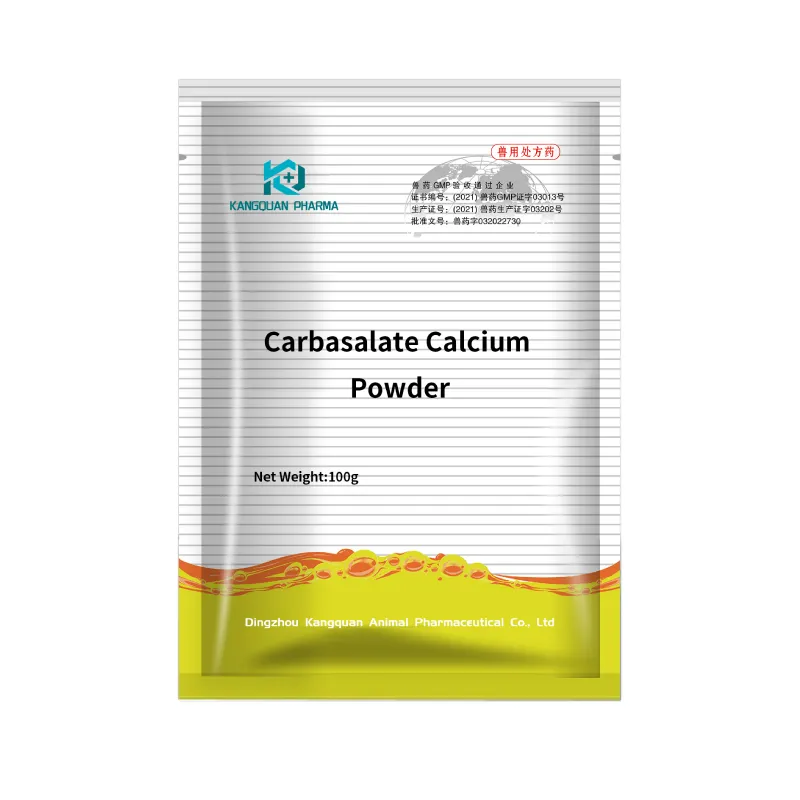- Afrikaans
- Albanian
- Amharic
- Arabic
- Armenian
- Azerbaijani
- Basque
- Belarusian
- Bengali
- Bosnian
- Bulgarian
- Catalan
- Cebuano
- Corsican
- Croatian
- Czech
- Danish
- Dutch
- English
- Esperanto
- Estonian
- Finnish
- French
- Frisian
- Galician
- Georgian
- German
- Greek
- Gujarati
- Haitian Creole
- hausa
- hawaiian
- Hebrew
- Hindi
- Miao
- Hungarian
- Icelandic
- igbo
- Indonesian
- irish
- Italian
- Japanese
- Javanese
- Kannada
- kazakh
- Khmer
- Rwandese
- Korean
- Kurdish
- Kyrgyz
- Lao
- Latin
- Latvian
- Lithuanian
- Luxembourgish
- Macedonian
- Malgashi
- Malay
- Malayalam
- Maltese
- Maori
- Marathi
- Mongolian
- Myanmar
- Nepali
- Norwegian
- Norwegian
- Occitan
- Pashto
- Persian
- Polish
- Portuguese
- Punjabi
- Romanian
- Russian
- Samoan
- Scottish Gaelic
- Serbian
- Sesotho
- Shona
- Sindhi
- Sinhala
- Slovak
- Slovenian
- Somali
- Spanish
- Sundanese
- Swahili
- Swedish
- Tagalog
- Tajik
- Tamil
- Tatar
- Telugu
- Thai
- Turkish
- Turkmen
- Ukrainian
- Urdu
- Uighur
- Uzbek
- Vietnamese
- Welsh
- Bantu
- Yiddish
- Yoruba
- Zulu
8 月 . 12, 2024 21:22 Back to list
Exploring the Benefits and Uses of Tilmicosin in Veterinary Medicine and Livestock Health Management
Tilmicosin A Comprehensive Overview
Tilmicosin is a semi-synthetic macrolide antibiotic that has gained prominence in veterinary medicine. Primarily used in the treatment and prevention of respiratory diseases in livestock, tilmicosin's effectiveness lies in its ability to target bacterial pathogens that are often responsible for respiratory infections, particularly in cattle and swine.
Mechanism of Action
Tilmicosin operates by inhibiting bacterial protein synthesis. It achieves this by binding to the 50S ribosomal subunit of bacteria, which prevents the elongation of peptide chains during protein formation. This disruption halts bacterial growth and multiplication, making tilmicosin an effective treatment for various infections. It is especially effective against pathogens such as Mycoplasma, Pasteurella, and Actinobacillus, which are frequently implicated in respiratory diseases in animals.
Indications and Usage
Tilmicosin is particularly useful in treating diseases such as bovine respiratory disease (BRD) and porcine respiratory disease complex (PRDC). These conditions can lead to significant economic losses in the livestock industry due to increased morbidity and mortality rates. The use of tilmicosin helps reduce the severity of these diseases and can enhance recovery rates, thereby improving overall animal health and productivity.
The drug is typically administered through subcutaneous injection or incorporated into drinking water or feed. Due to its long half-life, tilmicosin offers the convenience of fewer doses compared to many other antibiotics, which is beneficial for managing large populations of animals on a farm.
tilmicosin

Safety and Efficacy
While tilmicosin is generally considered safe for use in livestock, it is vital for farmers and veterinarians to adhere to recommended dosages and withdrawal times. Overuse or misuse of antibiotics can contribute to antimicrobial resistance, a growing concern in both human and animal healthcare. Therefore, responsible usage is essential to ensuring the long-term efficacy of tilmicosin and other antibiotics.
One critical aspect of tilmicosin is its toxicity to certain species. For example, it can be highly toxic to horses and other non-target species. As a result, precautions should be taken to prevent accidental exposure and ensure that the drug is administered only to the intended animal species. Additionally, proper training for those administering the drug is crucial to avoid risks to both animals and humans.
Regulatory Considerations
Tilmicosin is approved for use in various countries but is subject to regulation by veterinary medical authorities. In the United States, for instance, its use requires a veterinary prescription, ensuring that it is used judiciously and only when necessary. This regulatory framework aims to preserve the effectiveness of antibiotics and curb the emergence of resistant bacterial strains.
Conclusion
In summary, tilmicosin is a vital tool in veterinary medicine for combating respiratory infections in livestock. Its mode of action, efficacy, and ease of administration make it a preferred choice among veterinarians for treating conditions that can severely impact animal health and agricultural productivity. However, responsible use, adherence to guidelines, and understanding of its potential risks are essential to maximize its benefits while minimizing adverse effects. As the livestock industry continues to evolve, the role of tilmicosin and similar antibiotics remains critical in ensuring the health and welfare of animals, as well as the sustainability of food production systems.
-
The Power of Radix Isatidis Extract for Your Health and Wellness
NewsOct.29,2024
-
Neomycin Sulfate Soluble Powder: A Versatile Solution for Pet Health
NewsOct.29,2024
-
Lincomycin Hydrochloride Soluble Powder – The Essential Solution
NewsOct.29,2024
-
Garamycin Gentamicin Sulfate for Effective Infection Control
NewsOct.29,2024
-
Doxycycline Hyclate Soluble Powder: Your Antibiotic Needs
NewsOct.29,2024
-
Tilmicosin Premix: The Ultimate Solution for Poultry Health
NewsOct.29,2024













